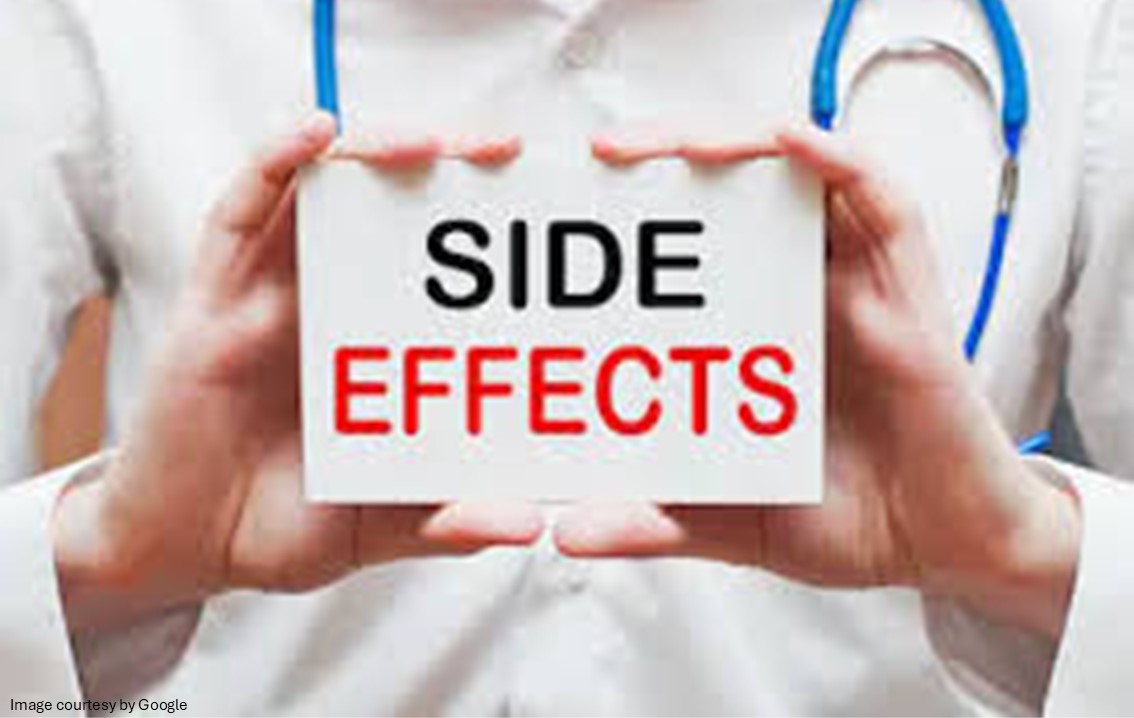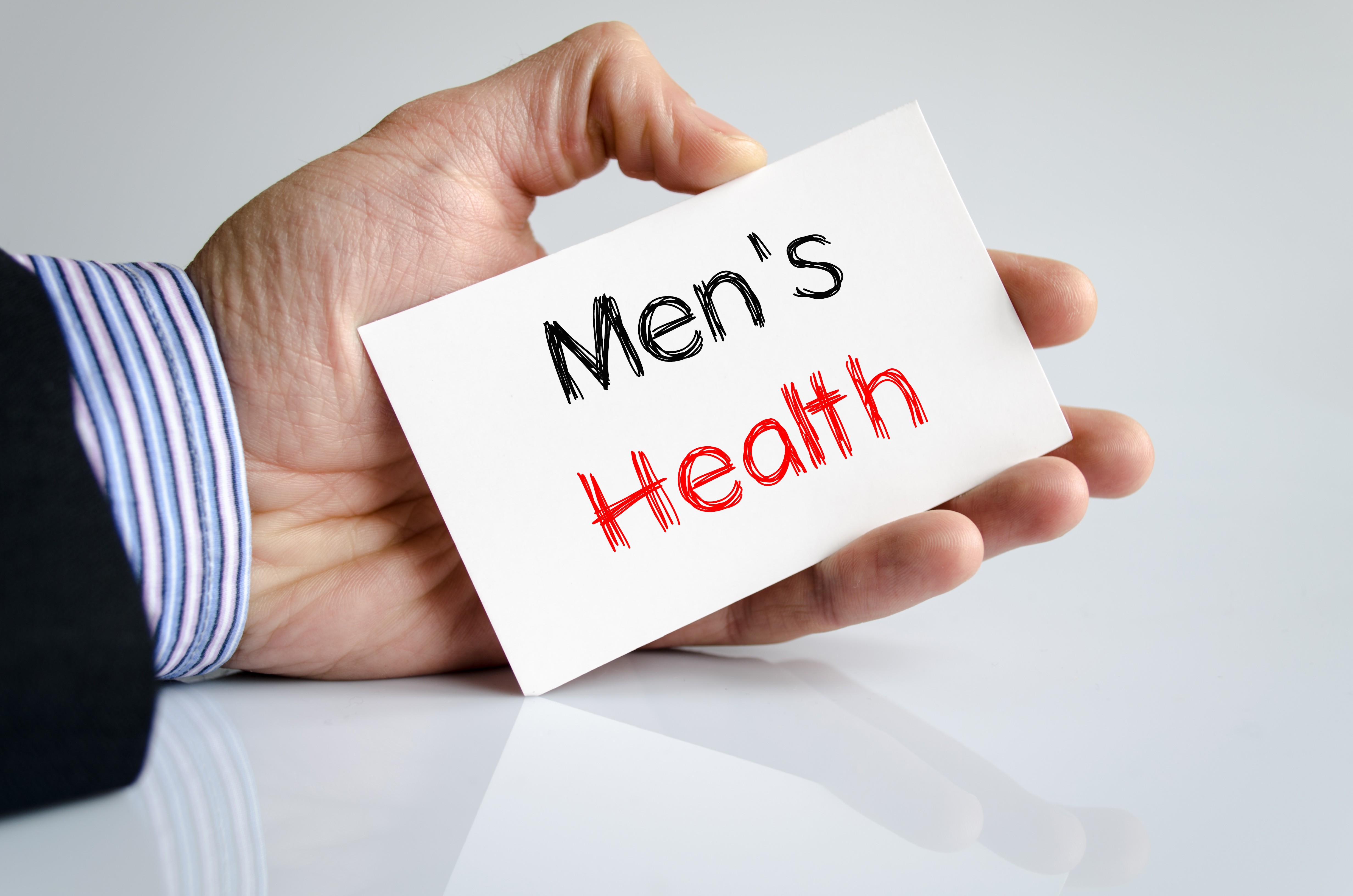Sildenafil, best known by its brand name Viagra, is one of the widely prescribed medications for the management and treatment of erectile dysfunction. Since its US FDA (Food and Drug Administration) approval in the late 90s, it has helped millions of men across the world regain confidence in their sexual life. While generally safe and well-tolerated, sildenafil is not without side effects. Most are mild and temporary, but some can cause serious trouble. In this blog, we’ll disclose the side effects of sildenafil, when they occur, and most importantly, ways to minimise them so you can use this medicine effectively.
How does sildenafil work?
Sildenafil is in the phosphodiesterase-5 inhibitor (PDE5-1) class of medications. It functions by blocking the enzyme phosphodiesterase, which enhances the blood flow to the penis when a man is sexually aroused. This helps a man get or maintain an erection firm enough for satisfactory intercourse. Because the enzyme is also present in other parts of the body, sildenafil medicine affects more than just the male reproductive organ, leading to side effects that affect the eyes, blood vessels, stomach, and muscles.
Possible side effects of sildenafil
Sildenafil is generally well tolerated at either dose, but some people develop mild to moderate side effects. The most common side effects of sildenafil are:
- Flushing – A voluntary, temporary reddening of the face, neck, and chest happens due to increased blood flow.
- Headache – One of the most commonly reported sildenafil side effects is headache. It results from widened blood vessels and increased blood circulation.
- Nasal congestion – A blocked or runny nose may occur due to relaxed blood vessels in the nasal passages.
- Indigestion – Some men may experience stomach discomfort or acid reflux.
- Vision problems – Some men may experience visual disturbances ranging from light sensitivity and blurriness to blue-tinted vision and colour-blindness. Sildenafil increases blood flow in the ophthalmic artery, dilation of retinal arteries and veins as a consequence of PDE5 enzyme inhibition.
- Dizziness – It is generally linked to changes in blood pressure and increased circulation.
- Muscle or back pain – Usually mild and temporary, associated with blood flow changes, increased blood pressure, and dilation.
The most common side effects of sildenafil are typically short-lived and resolve as the ED medication leaves the body (usually within 4 to 6 hours).
Rare but serious side effects
Though rare, some long-term side effects of sildenafil can be more serious:
- Sudden loss of hearing – Sudden hearing loss, also known as sensorineural hearing loss (SNHL), occurs within 24 hours of ingestion of a PDE5 inhibitor. The problem, sometimes accompanied by ringing in the ears and dizziness, has been rarely reported.
- Priapism – A long-lasting erection that occurs without sexual stimulation. This long-term side effect of sildenafil is usually painful, and it can last for more than four hours.
- Sudden vision loss – This PDE5 inhibitor has been associated with reversible ocular side effects of sildenafil, which include changes in colour vision and light perception, photophobia, cyanopsia, and blurred vision.
- Significant reduction in blood pressure – Blood pressure throughout the body can decrease because sildenafil causes relaxation of the arteries throughout the body. Especially if taken with nitrates (a common medication for heart conditions), sildenafil can cause a dangerous drop in blood pressure.
If you develop chest pain, sudden vision or hearing loss, or an erection that does not disappear, seek immediate medical help.

How to reduce side effects of sildenafil?
Fortunately, most serious and common side effects of sildenafil can be managed. Here are the strategies:
- Initiate with the lowest effective dose – Sildenafil is available in doses of 25mg, 50mg or 100mg. The initial recommended dose can be 25-50mg. If you experience strong side effects of sildenafil, discuss with your health care provider about lowering the dose (if possible). In most cases, a smaller dose is just as effective but easy on the body.
- Take it on an empty stomach – Well, you don’t have to take the sildenafil tablet with food. In fact, taking this ED medication after eating a heavy meal can delay absorption of the medicine. Consuming the ED tablets with a light meal or a low-fat meal helps them work faster and may reduce episodes of upset stomach.
- Reduce or limit Alcohol consumption – Combining Viagra with other ED medications with alcohol increases the risk of side effects such as flushing, headache and low blood pressure. Keep in mind that moderate to heavy alcohol consumption may make ED worse.
- Manage Indigestion – Dyspepsia is one of the frequently reported sildenafil side effects. Because sildenafil causes relaxation of smooth muscles, it can also affect the muscles present in your digestive tract. It may help if you avoid spicy food or acidic foods. If you feel the need, you can discuss the safe use of antacids during treatment.
- Hydrate yourself – Staying hydrated is a simple way to reduce side effects like headache and dizziness. Dehydration can worsen these symptoms; hence, drinking enough water is key.
- Avoid using with other medications – Never take the ED pill with nitrates such as nitroglycerine or certain other heart medications. Let your doctor know about all medications you take, including herbal supplements like St. John’s Wort.
- Correct administration time – For sildenafil to work properly, you need to take it about 30 to 60 minutes before indulging in a sexual activity. Avoid redosing too soon. It is not advised to take more than one sildenafil tablet within 24 hours. Taking this ED medication too close to the time you consume alcohol, a heavy meal or take it during bedtime may worsen sildenafil side effects.
- Maintain a healthy lifestyle – A healthy lifestyle should include regular exercise, quitting smoking and managing conditions like high blood pressure and diabetes mellitus, which may help minimise sildenafil side effects. No doubt, healthy lifestyle modifications enhance blood circulation, reduce the need to consume higher doses, and make your ED medication more effective
If side effects remain bothersome, ask your doctor about alternative treatments, which include the use of other PDE5 inhibitors like tadalafil and vardenafil.
Takeaway!
Sildenafil has transformed the treatment of ED, offering men an opportunity to restore erectile function safely. However, like any other pharmaceutical agent, it comes with some side effects. Considering how to reduce side effects of sildenafil is an ideal way to ensure the safe administration of this medicine. Most side effects are mild and manageable with simple lifestyle adjustments such as limiting alcohol intake, starting with the lowest dose and staying hydrated. On the other hand, severe ones require immediate medical attention. The key to using sildenafil medicine responsibly is to stay in touch with your doctor and discuss your body’s response.




